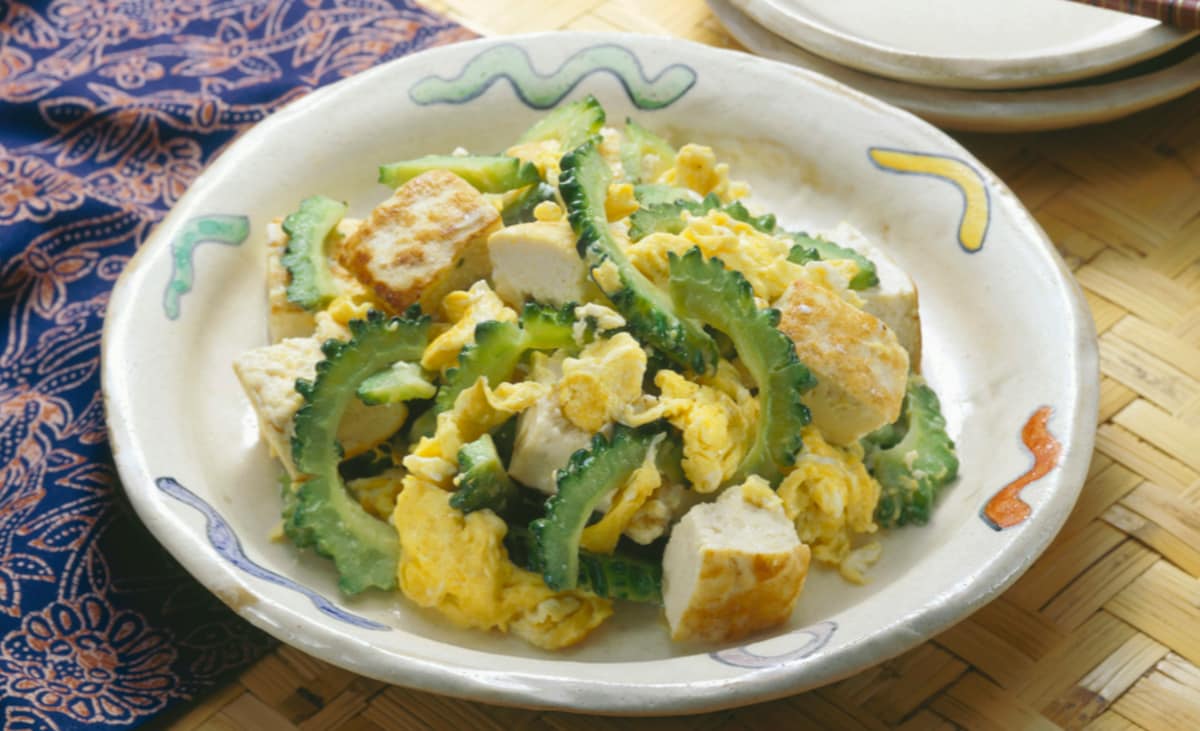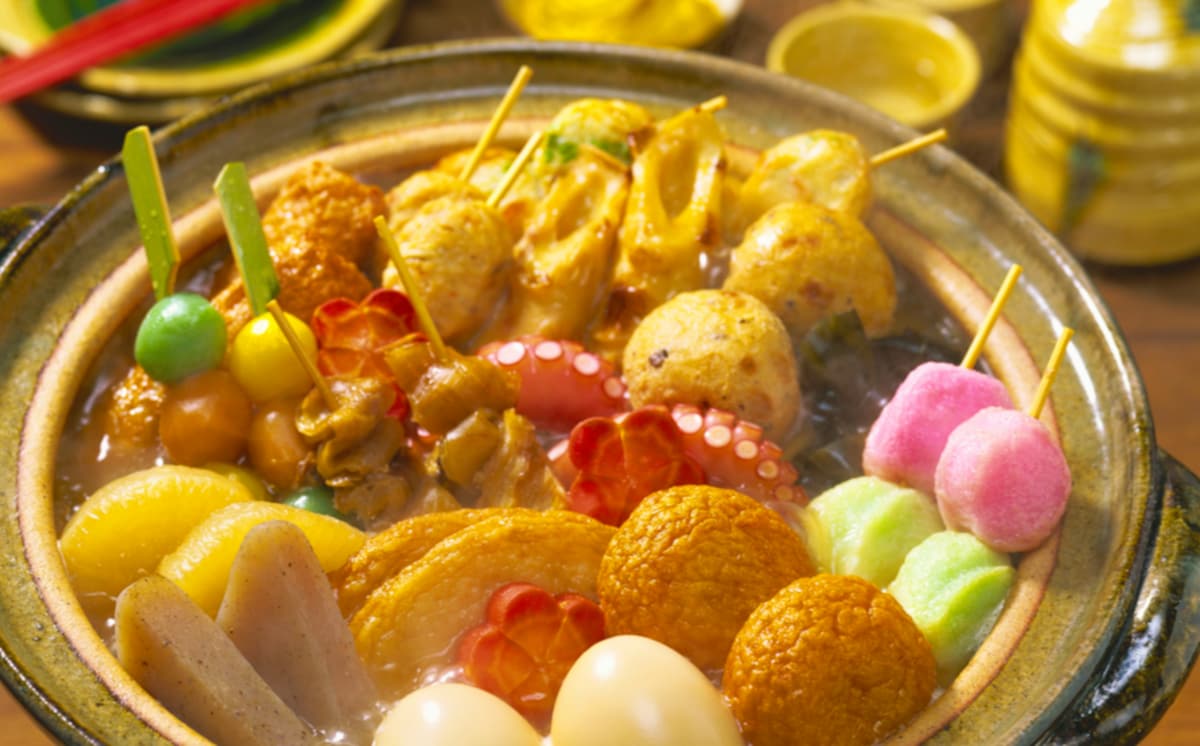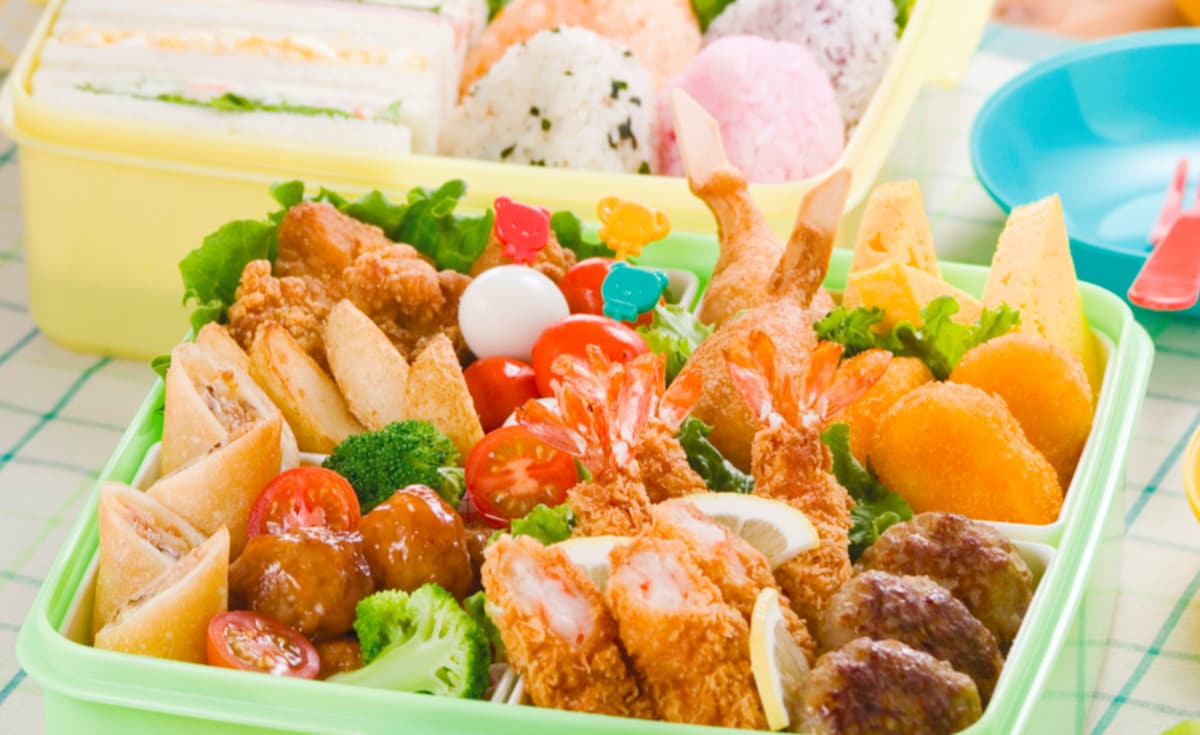4 Japanese Seasonal & Regional Variety Dishes
From hot nabe, a Japanese staple during the colder months, to koraku bento filled will colorful and exciting foods, here are a range of seasonal and regional dishes with a variety of foods mixed in.
By Highlighting Japan4. Goya Chanpuru: Stir-Fried Bitter Melon
A classic dish in Okinawan cuisine, goya chanpuru, is made with the summer vegetable bitter melon, stir-fried with tofu and egg. Goya is the word for “bitter melon” in the Okinawan dialect, while chanpuru (or champloo) means "mix up together." The word chanpuru is reportedly derived from Indonesian or Malay.
The dish is typical of Okinawa, which has absorbed a mix of historical, cultural and culinary influences from various nations.
3. Oden: Various Ingredients Boiled in Broth
Oden is a popular home-cooked dish in Japan in the colder months. Depending on the region, oden includes a variety of ingredients such as daikon radish, boiled eggs, deep-fried tofu, fishcakes, konbu (kelp) and konnyaku boiled together in dashi broth, and is flavored with soy sauce or other condiments. Cooking and steeping oden for a long time allows the dashi to soak into the ingredients, enriching the flavor. Karashi mustard is often added to further spice up this dish.
In the winter, oden is sold at countless convenience stores: customers can choose the ingredients they want and take them home. Though it isn’t home-cooked, convenience store oden receives high marks, so if you’re visiting Japan, why not try some?
2. Koraku Bento: Picnic Lunchbox
When spring arrives in Japan, the season sparks numerous activities: hanami (flower-viewing) parties held under and around flowering cherry trees, sporting events, day trips and frequent occasions to dine with friends and family out of doors. This is when special koraku bento (picnic lunchboxes) make their appearance.
People like to make journeys to the countryside and bring food along. Staple items in these picnic lunches include rice balls, omelettes, fried chicken and cocktail wieners with their ends cut to resemble octopus tentacles. The picnickers spread out tarps and set out a range of gorgeous bento boxes—usually holding more food than can be eaten—for all to enjoy. Having a lively time eating delicious, homemade picnic lunches amid the warm, sunny weather of spring is an experience you won’t soon forget.
1. Ishikare Nabe: Miso-Based Stew
Nabe are stew and soup dishes eaten during the cold winter months in Japan. They are commonly cooked in a large pot and ingredients may be eaten with the broth or with condiments such as ponzu.
The ingredients and soup base vary by region, but they usually contain a lot of vegetables and a few different kinds of tofu. You can also include your choice of meat or seafood, but salmon is a must item for the ishikari nabe, which has miso as its soup base. Huddle around a table or kotatsu (heated table) with friends and family during the winter season and enjoy your original nabe. It will no doubt warm you up and replenish your energy!








